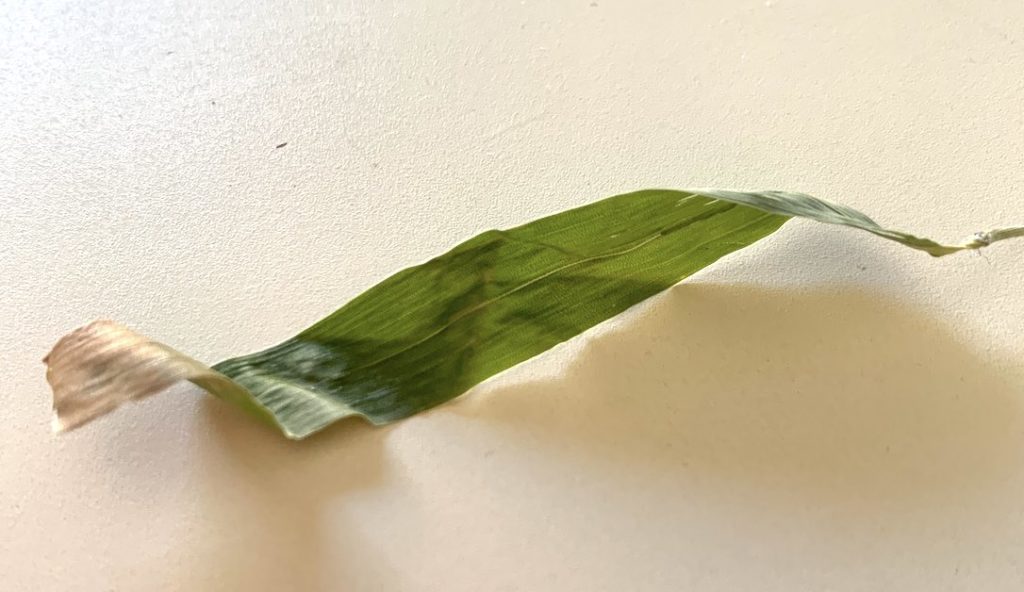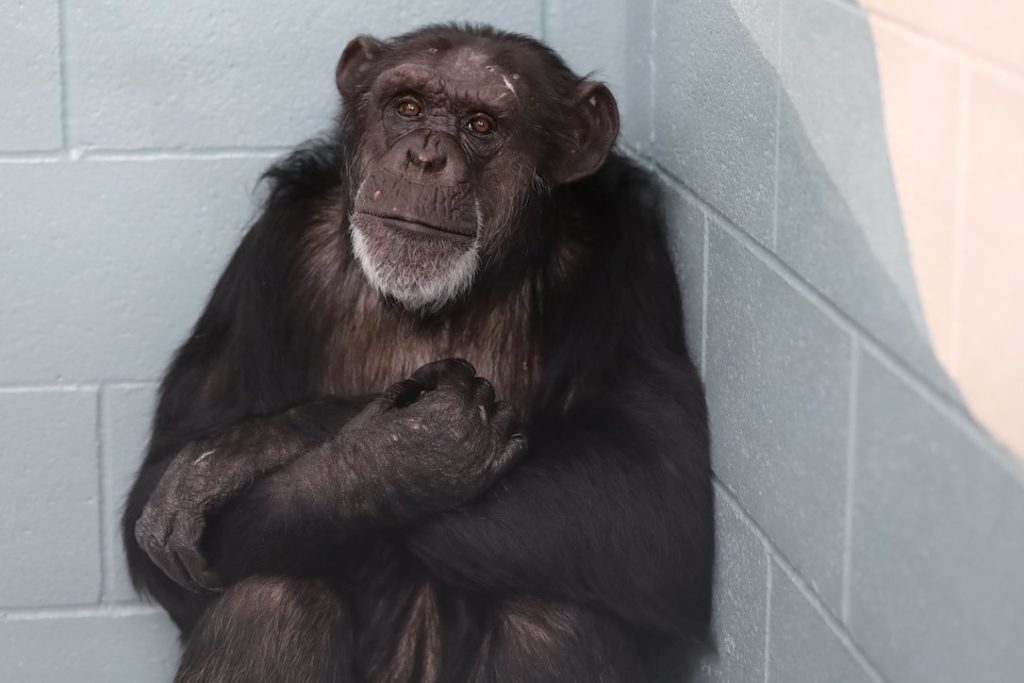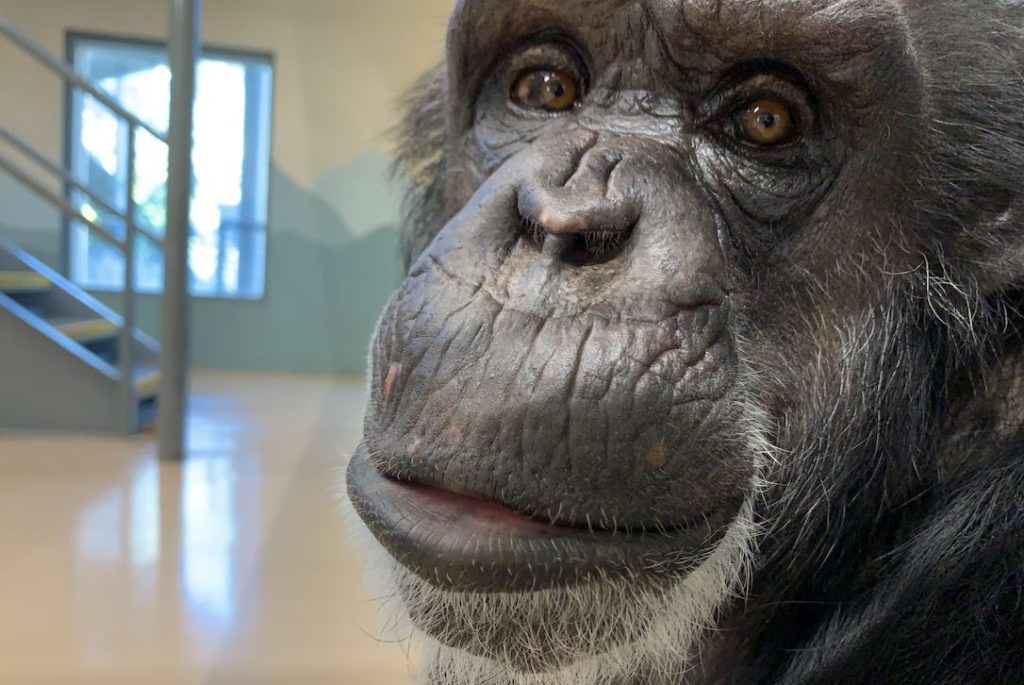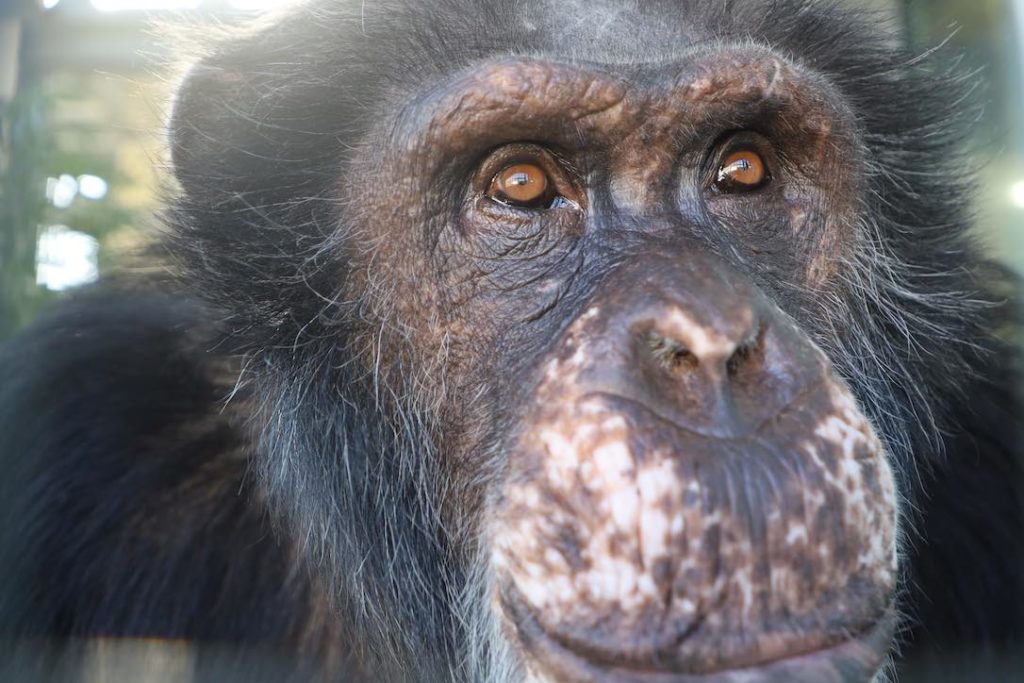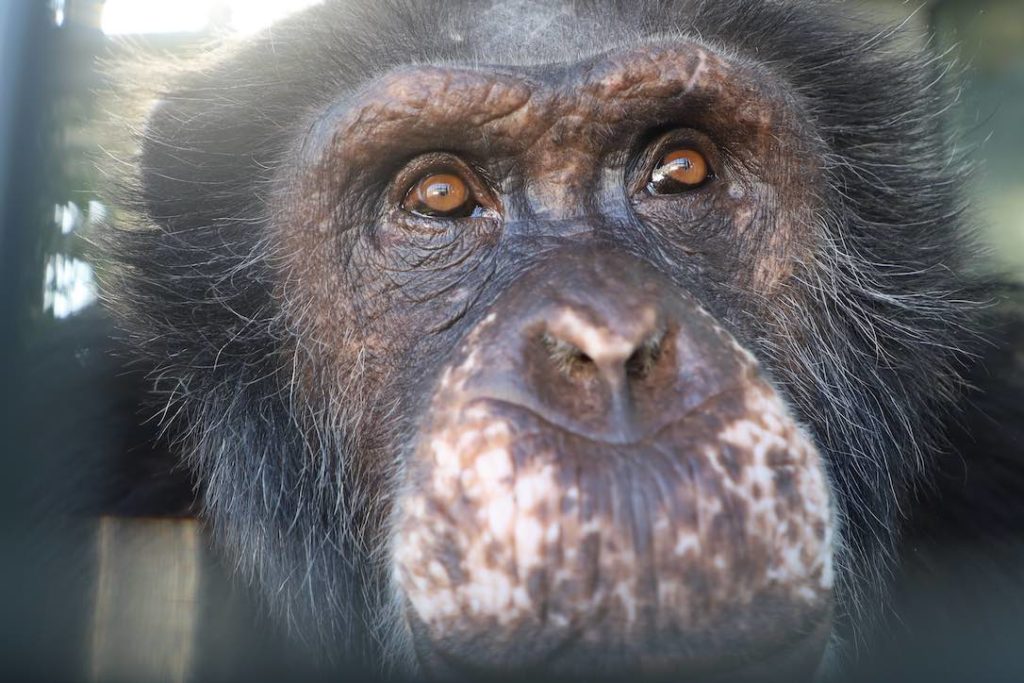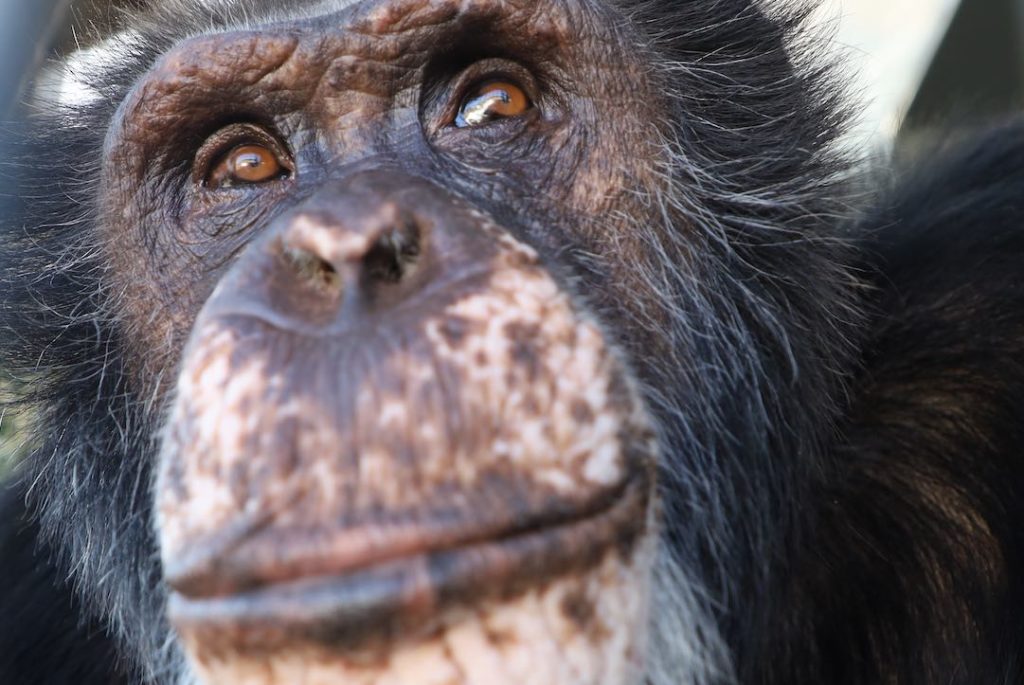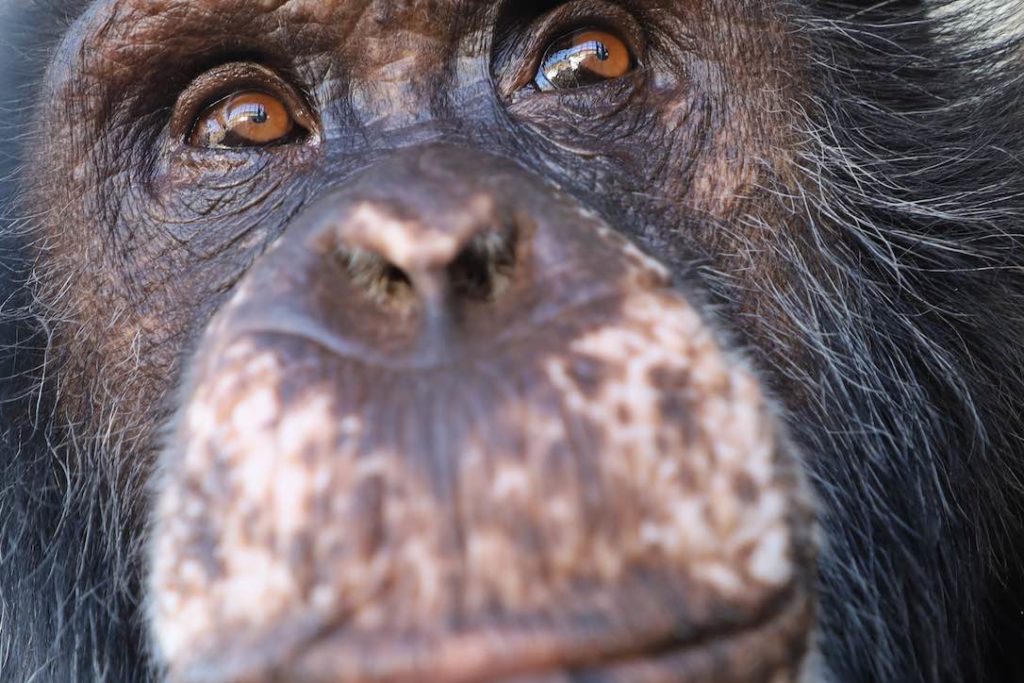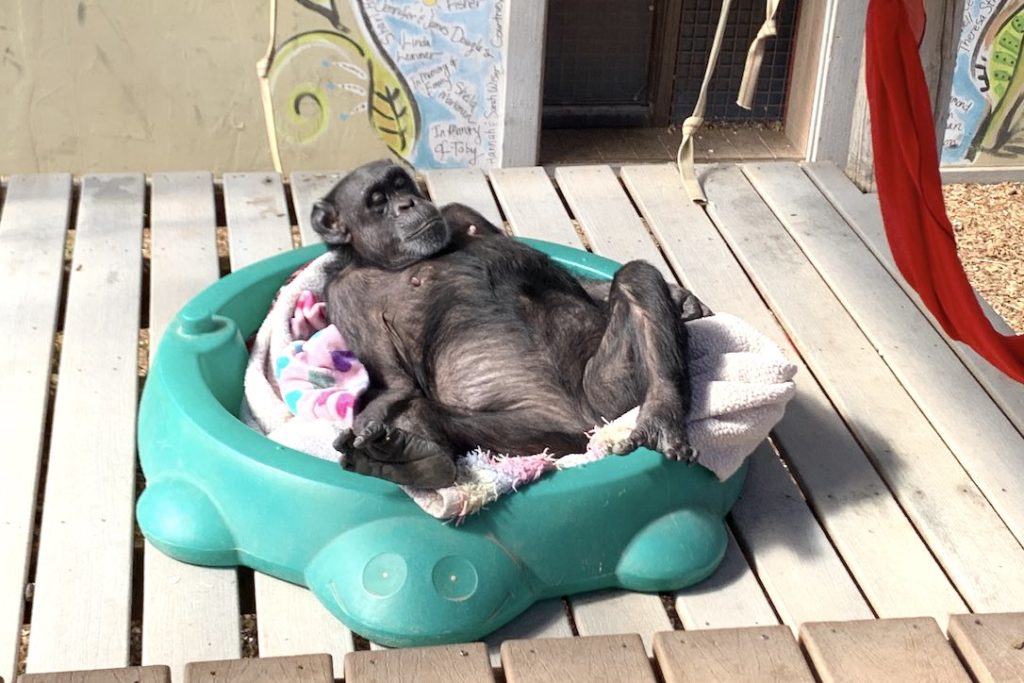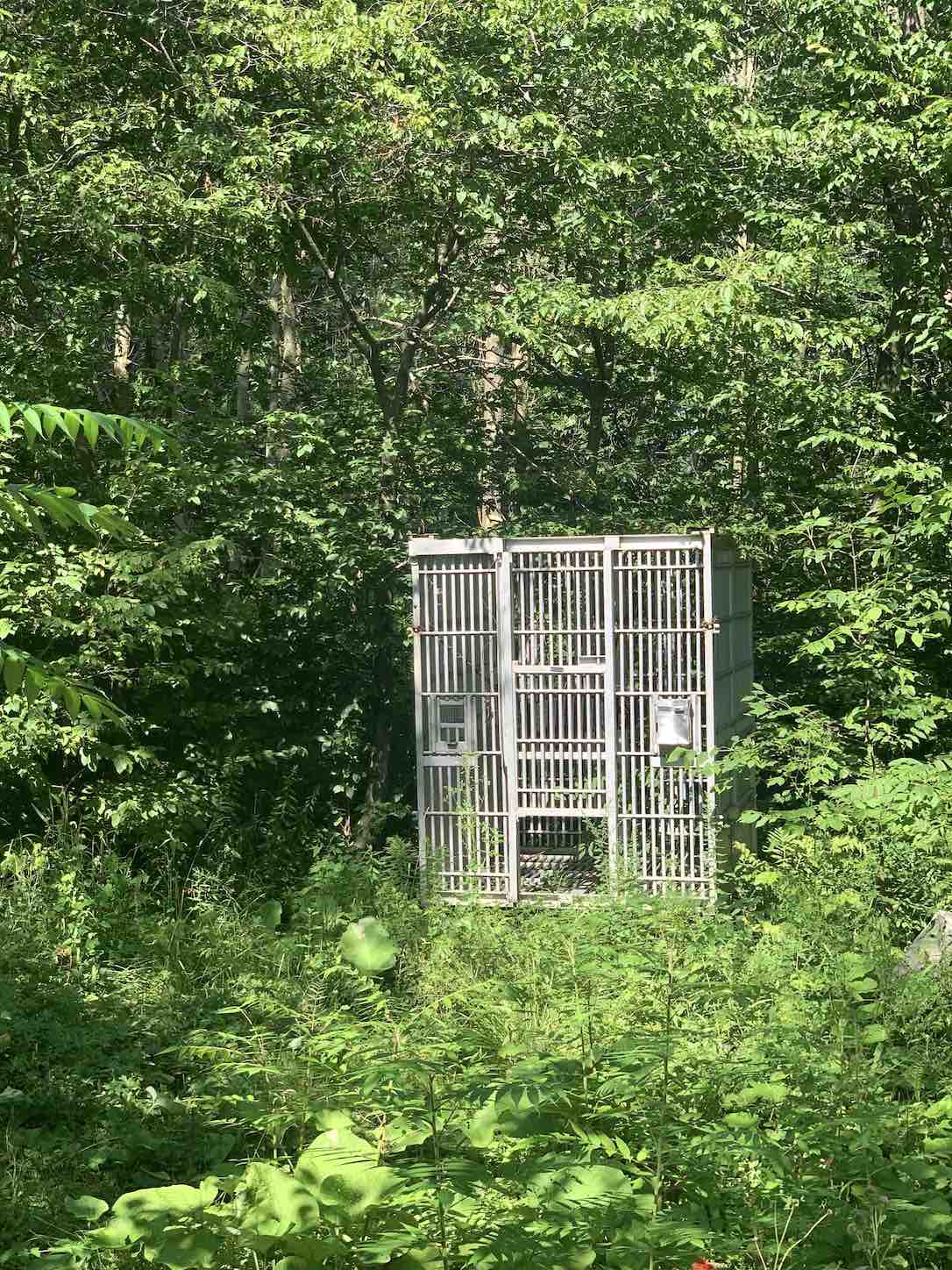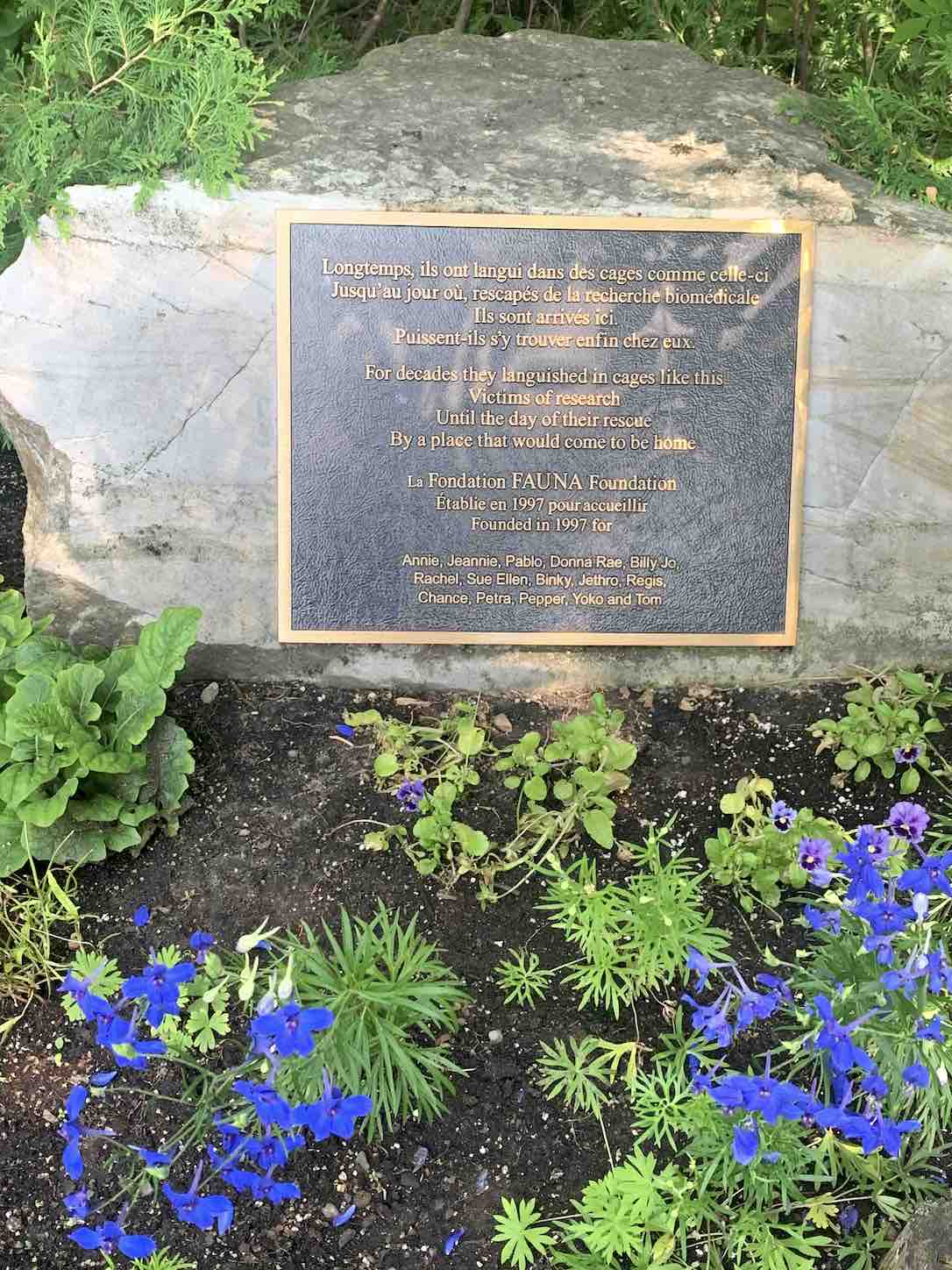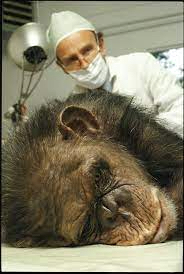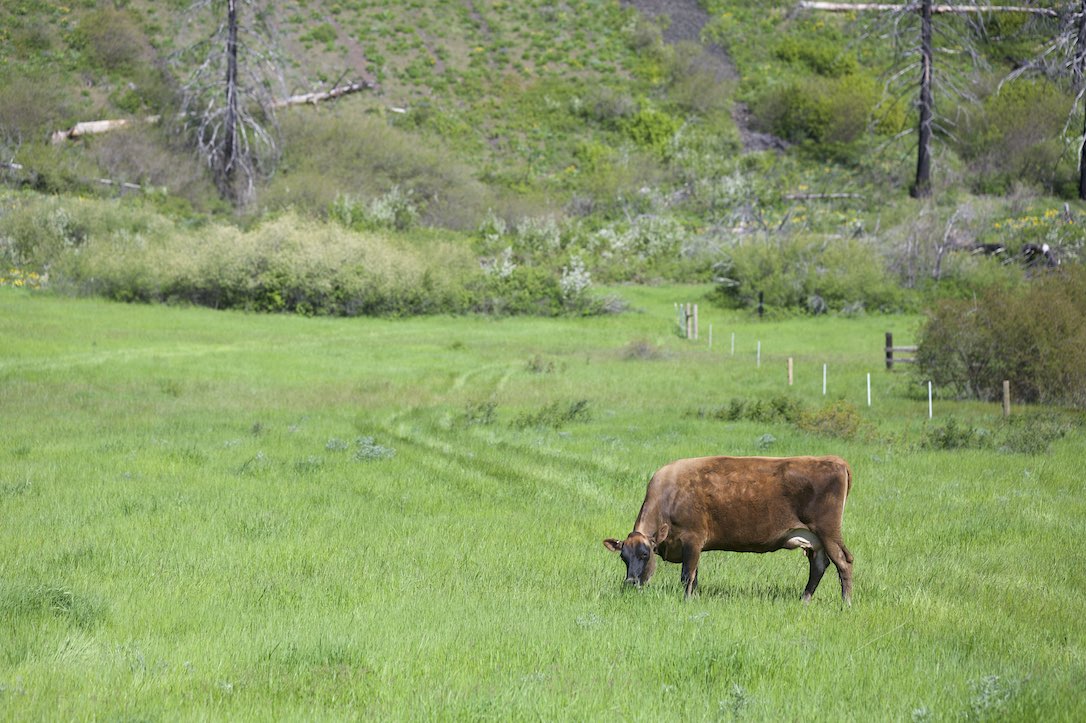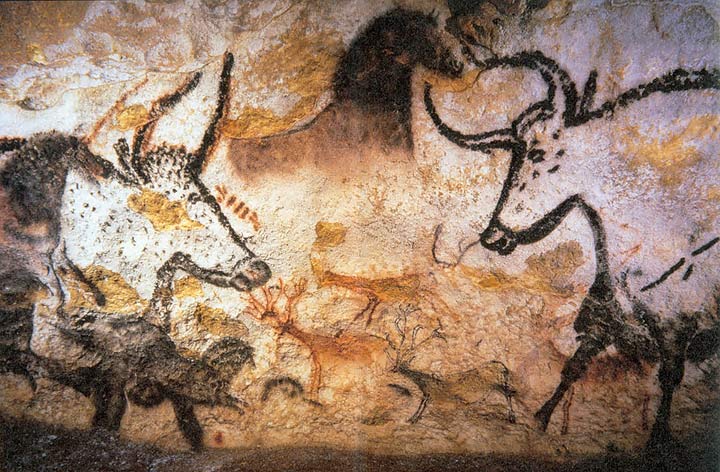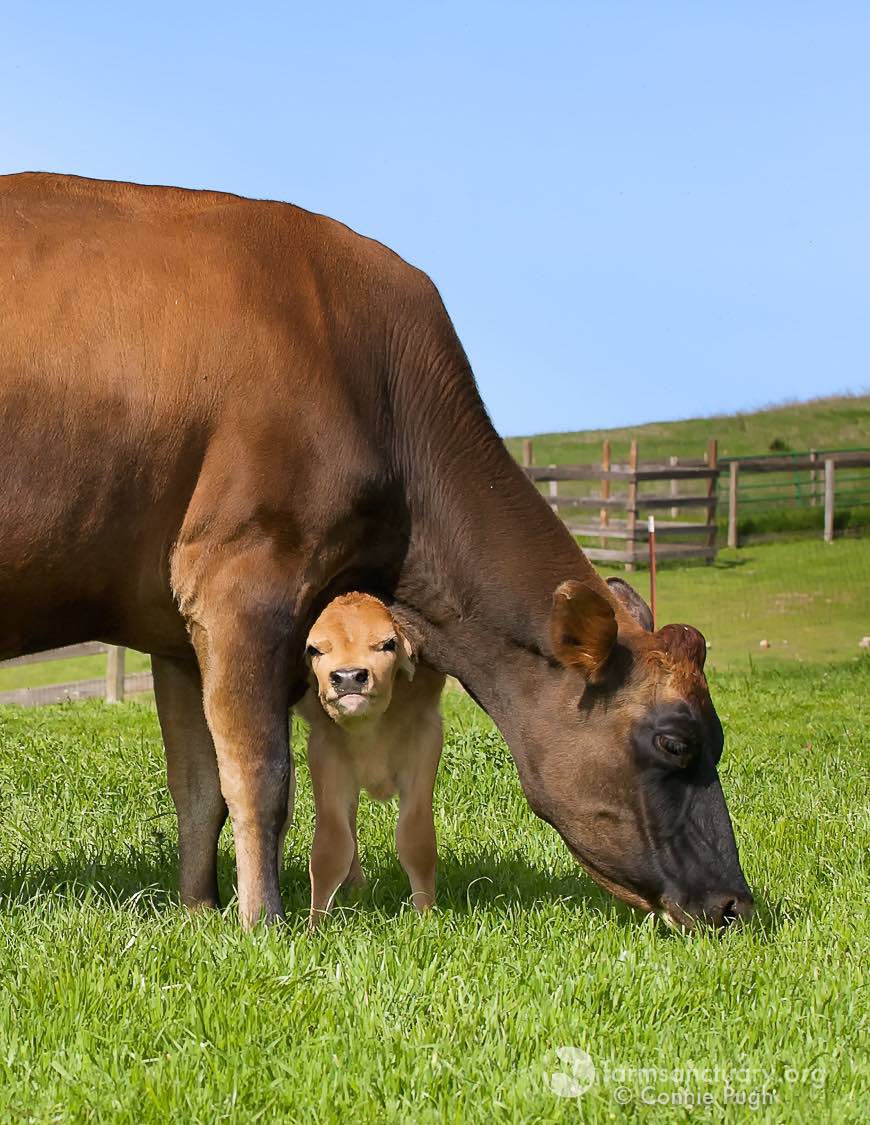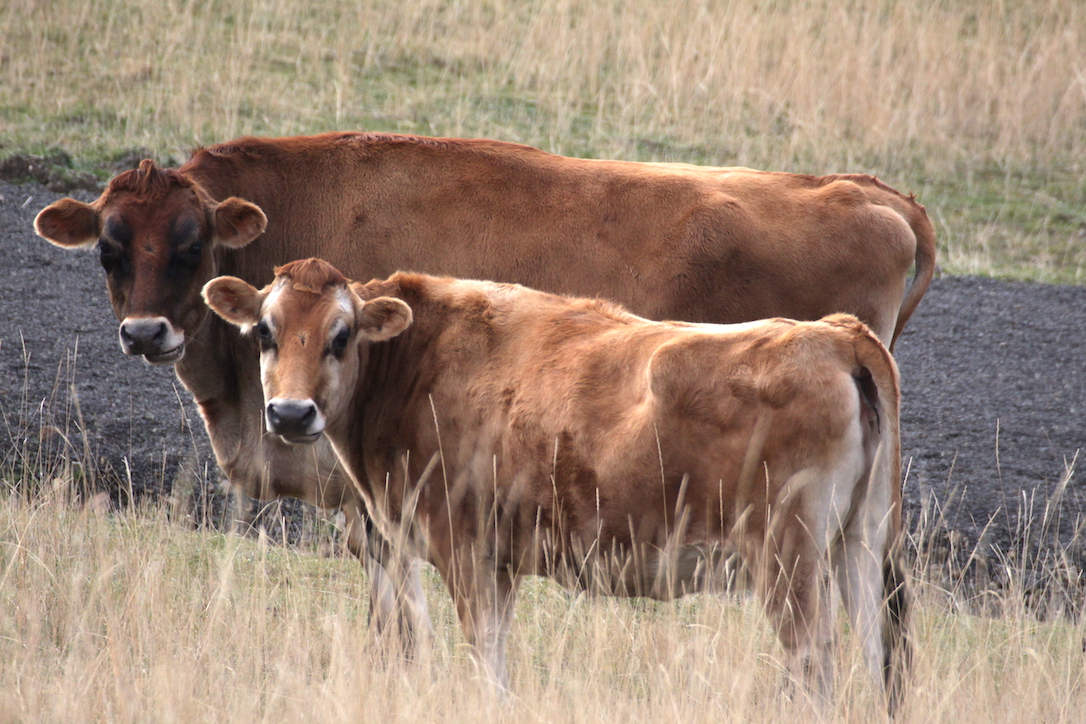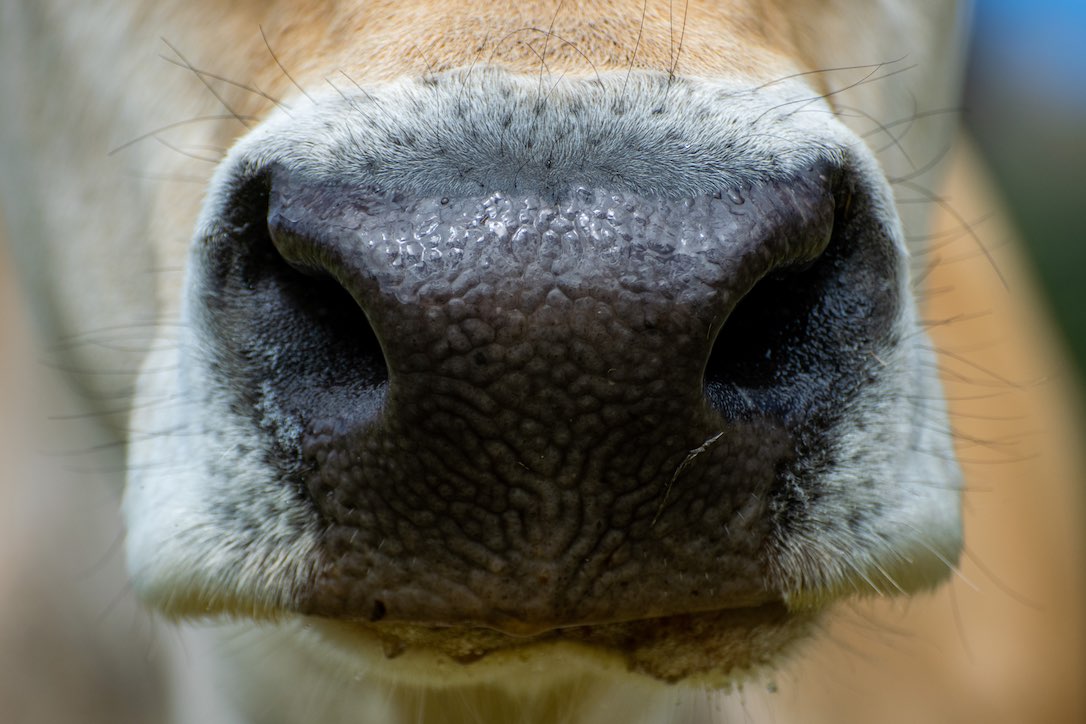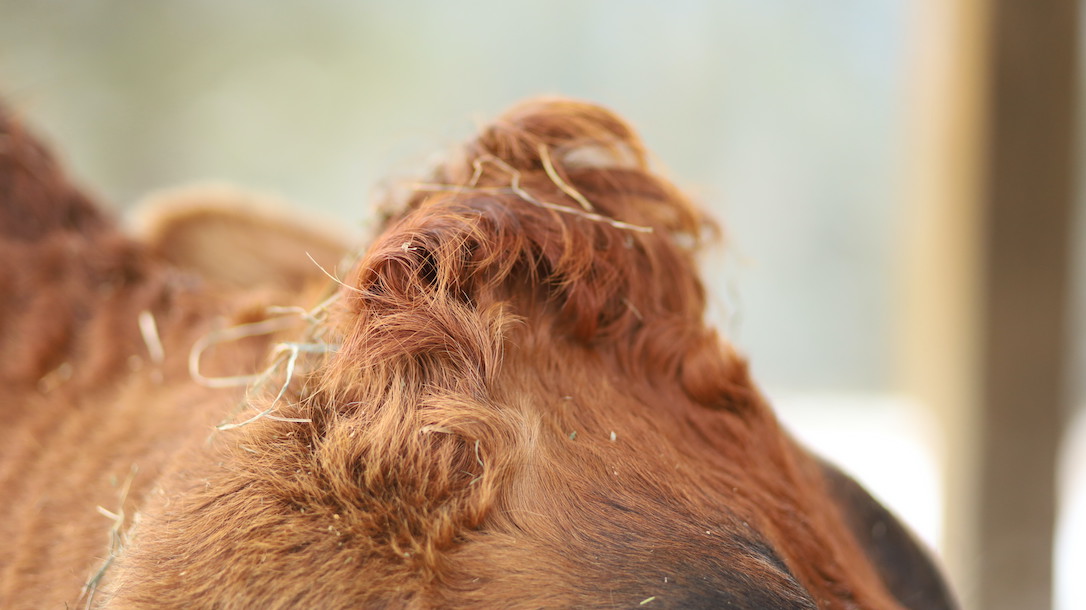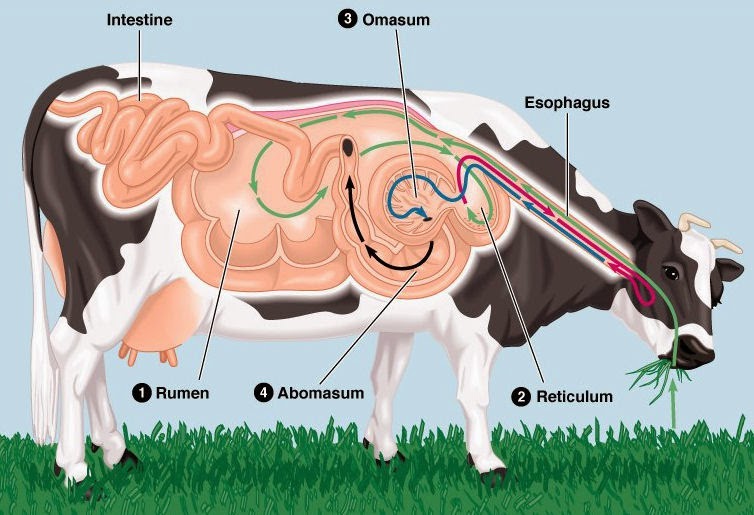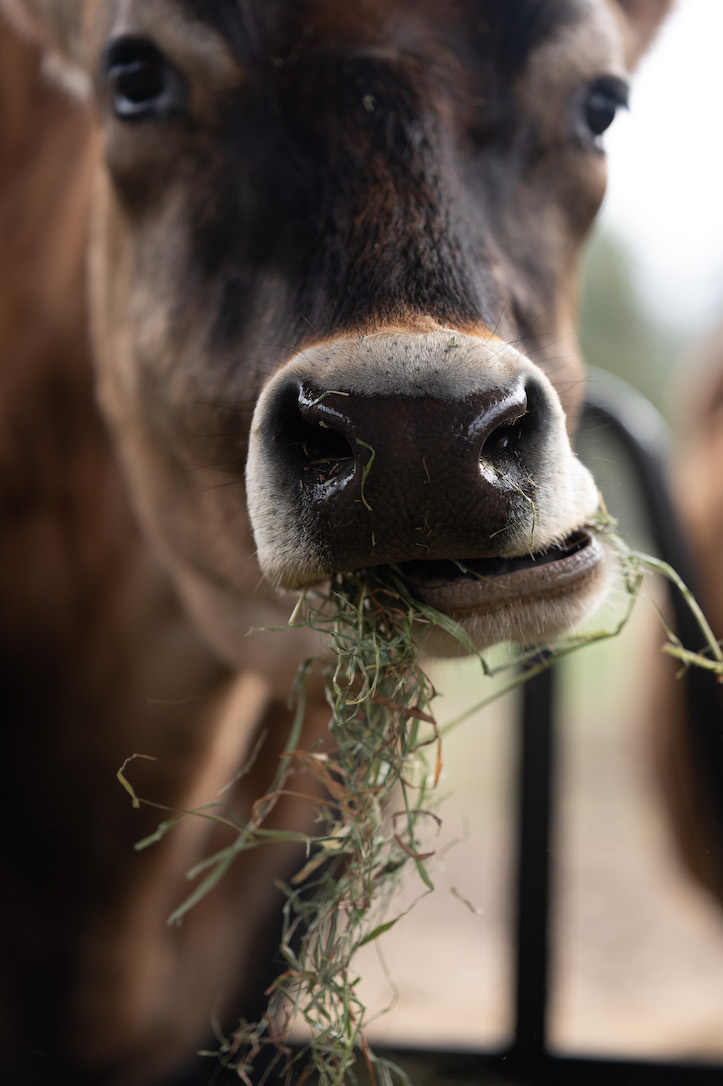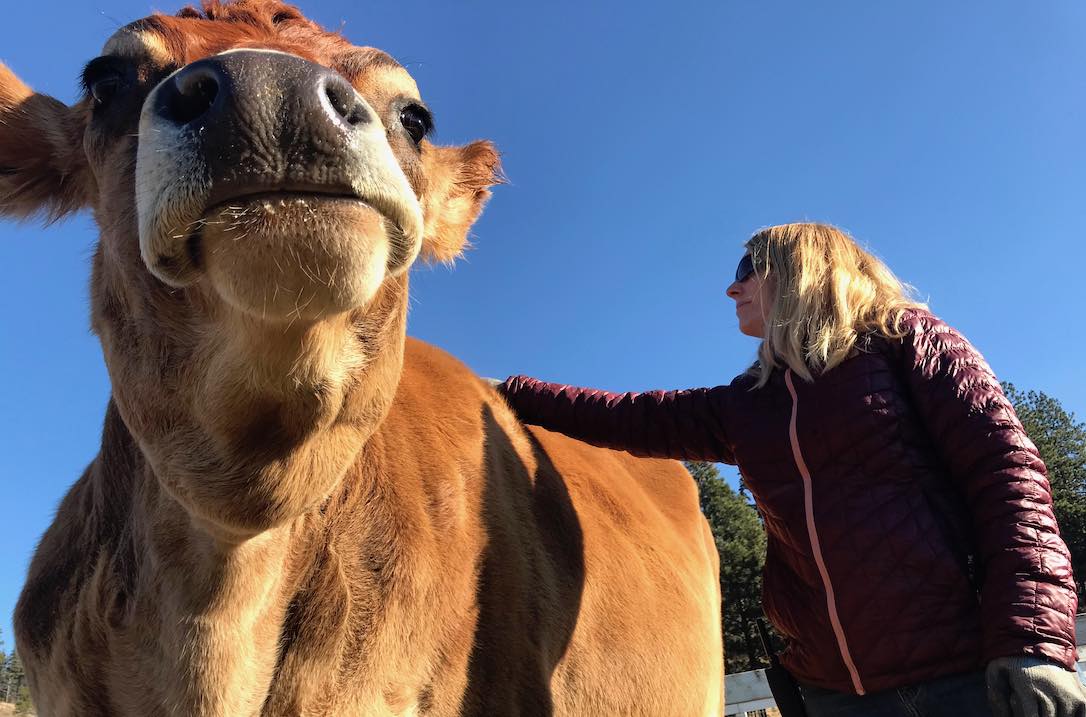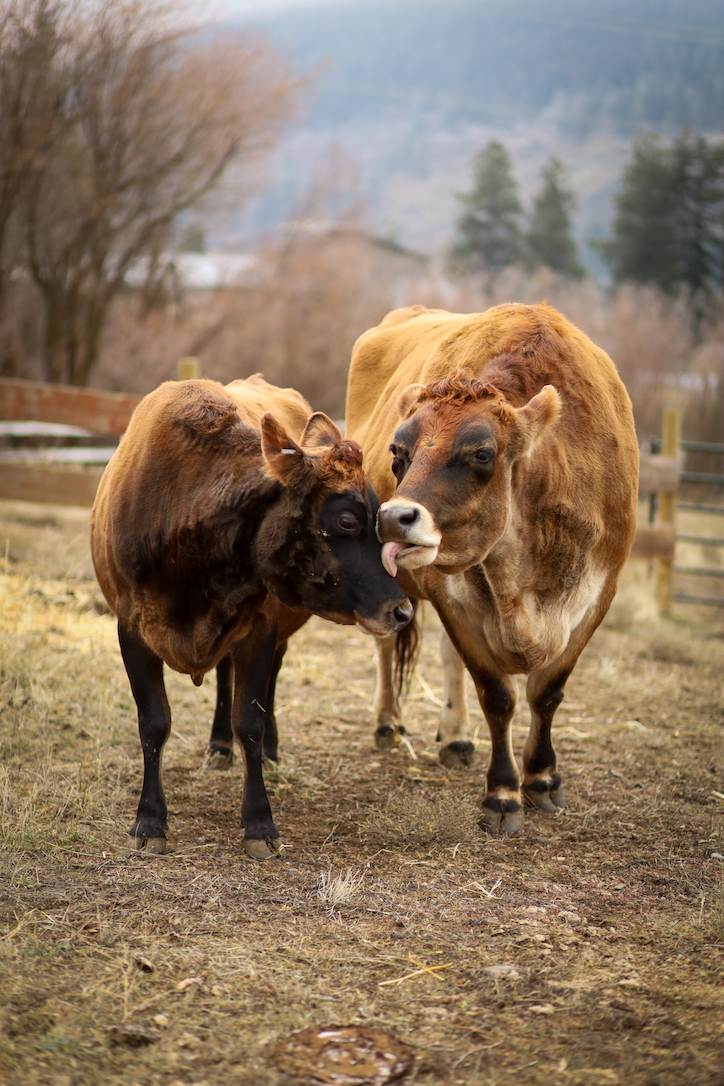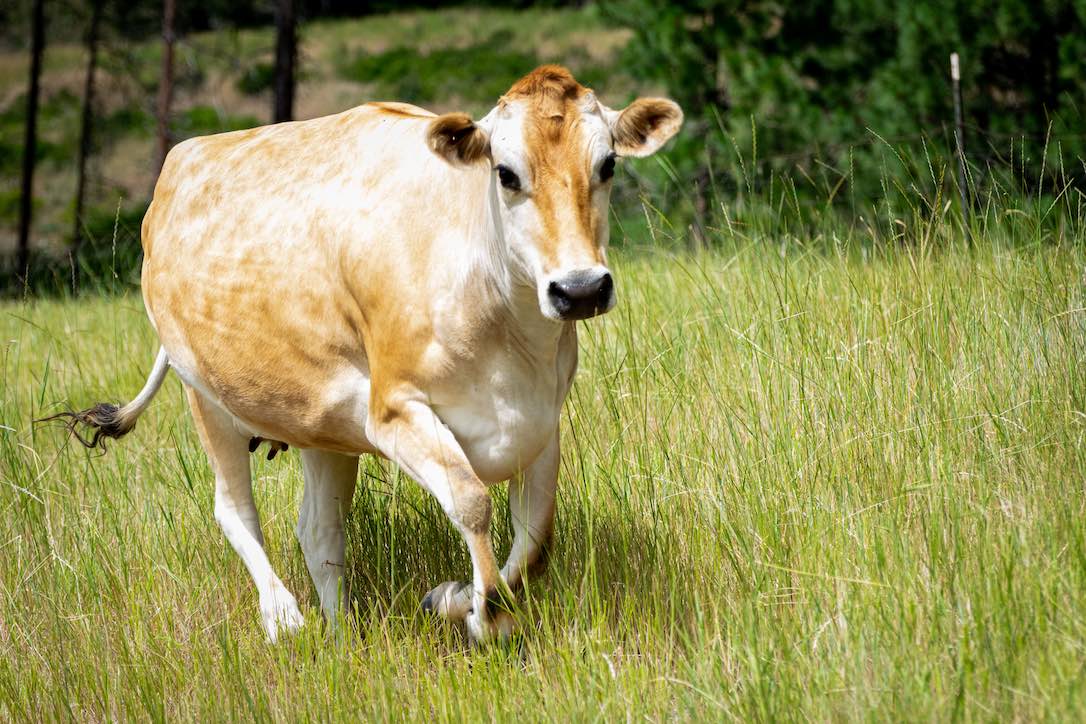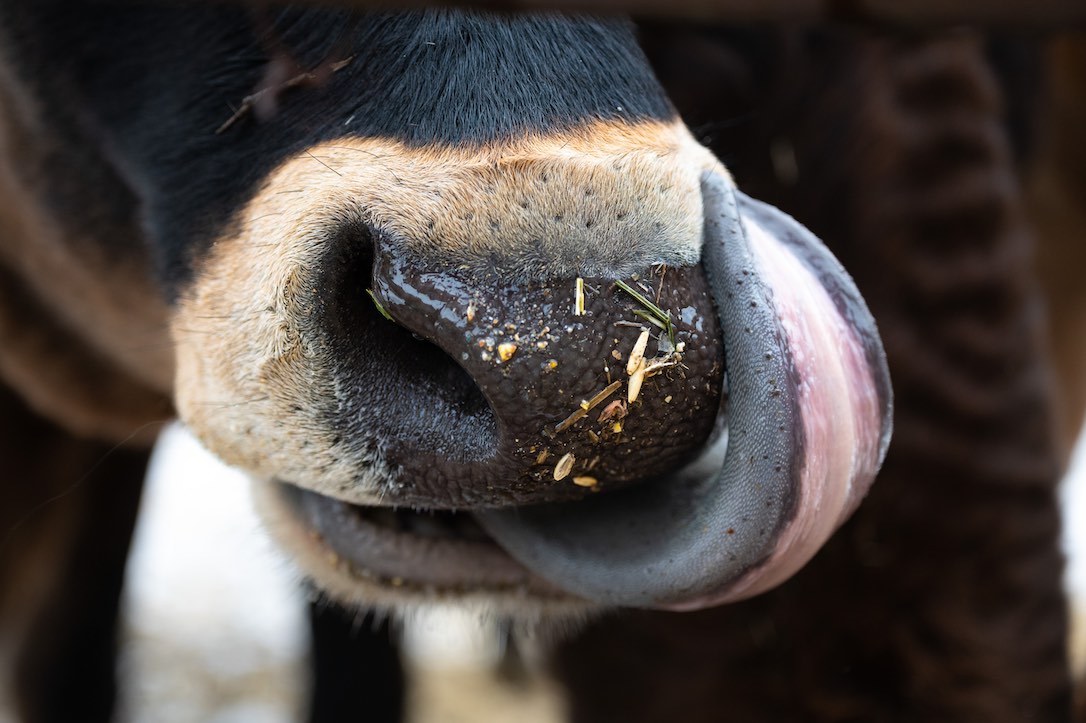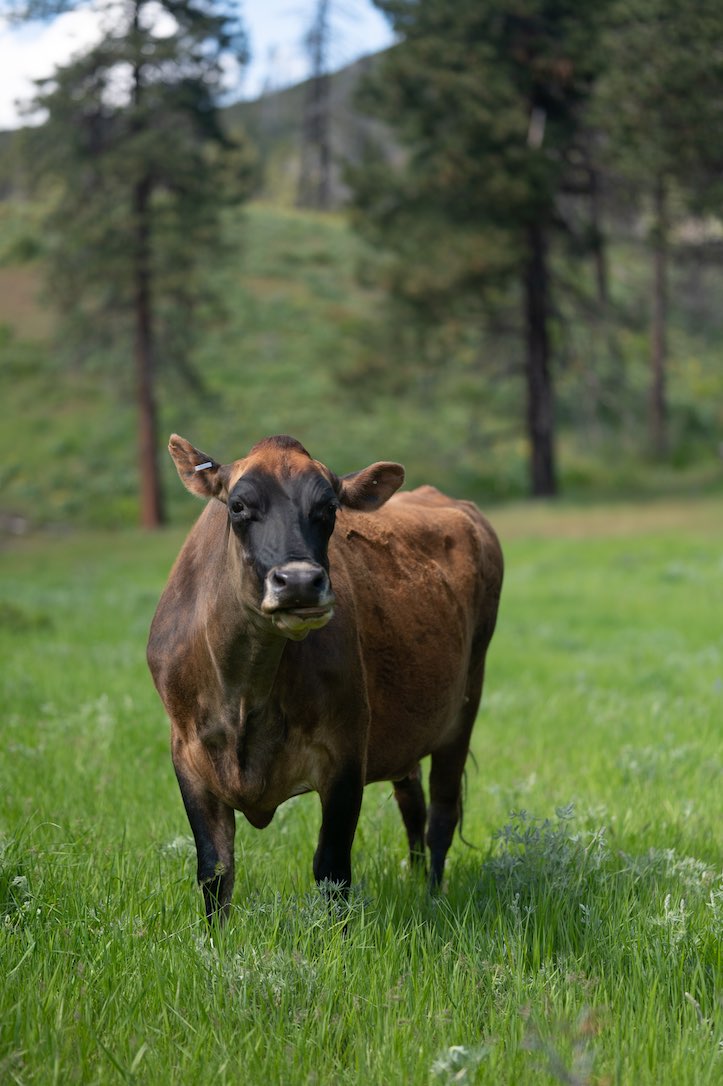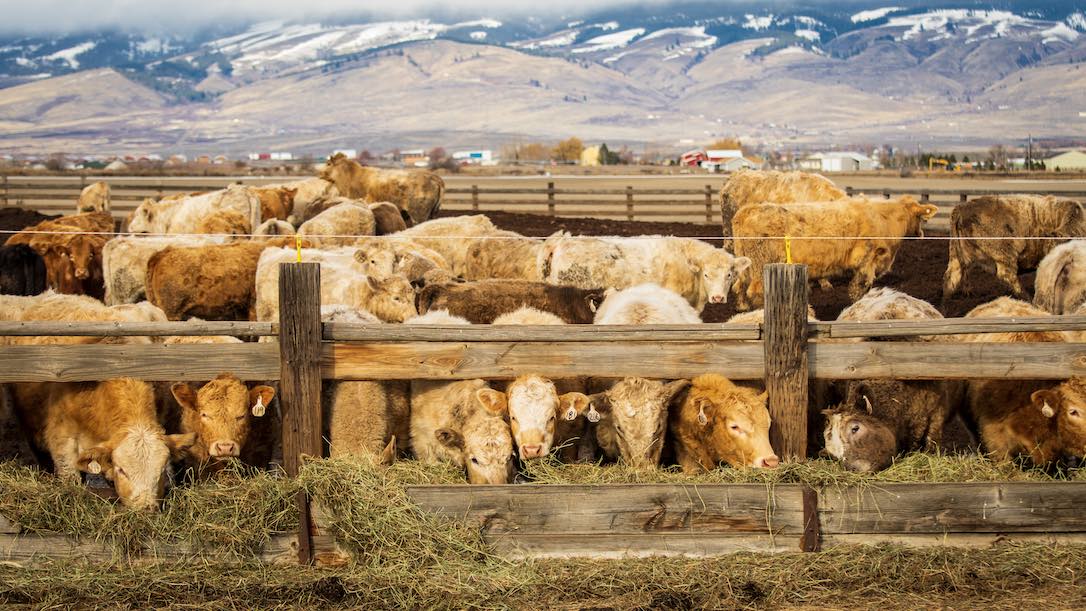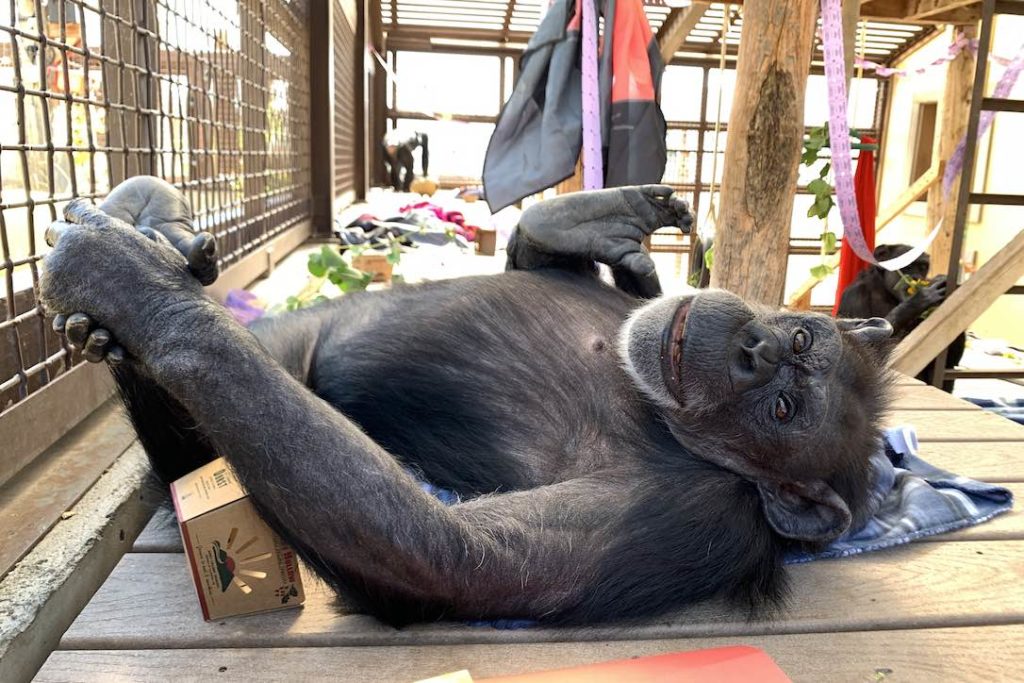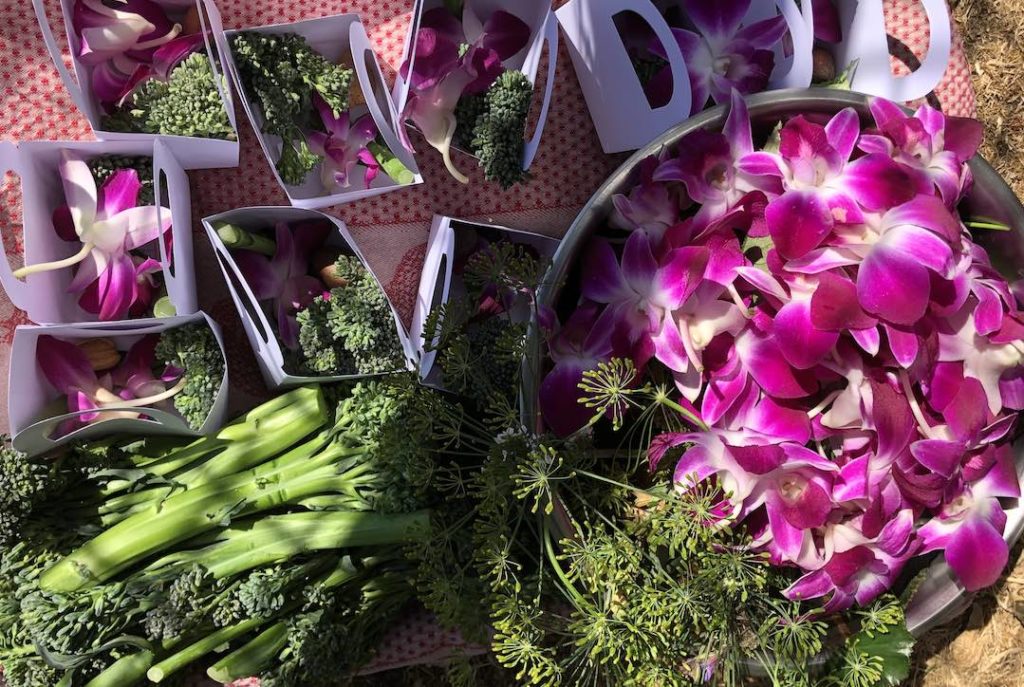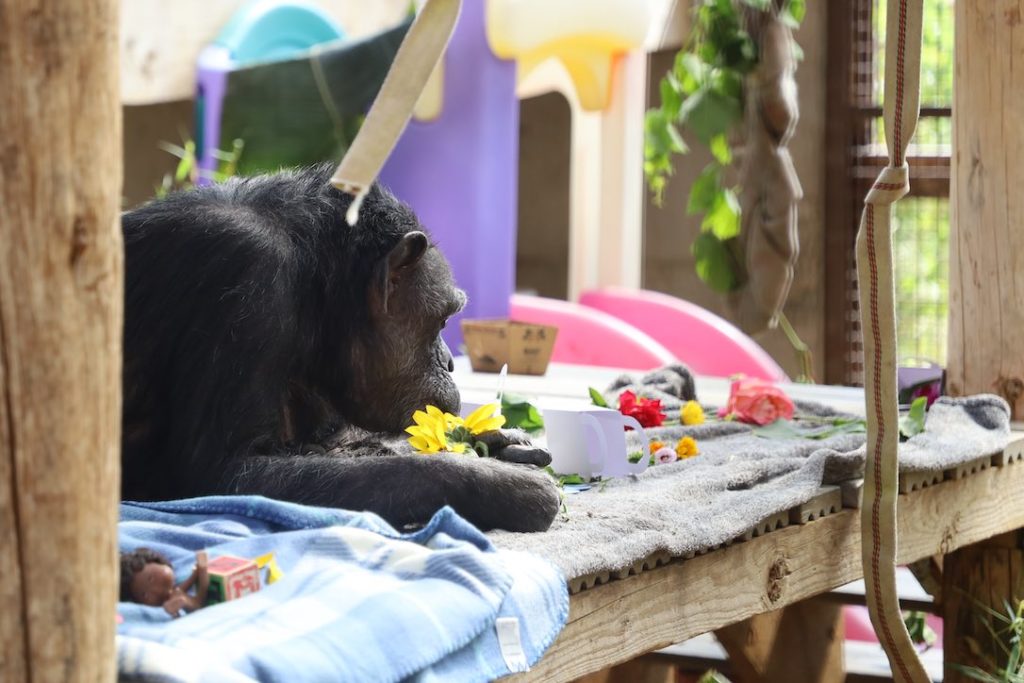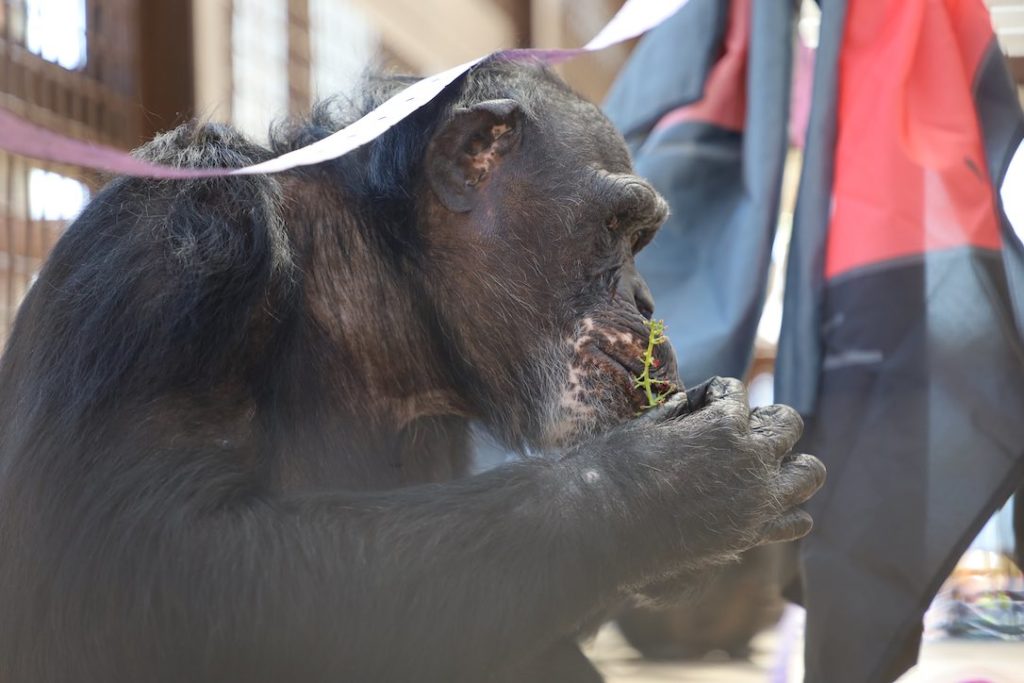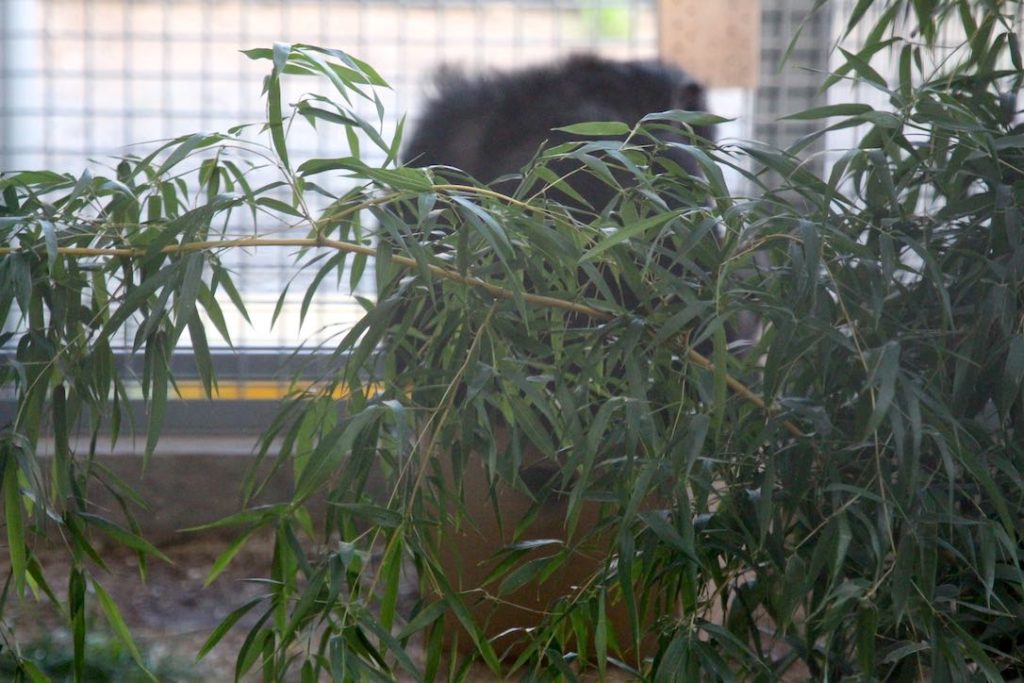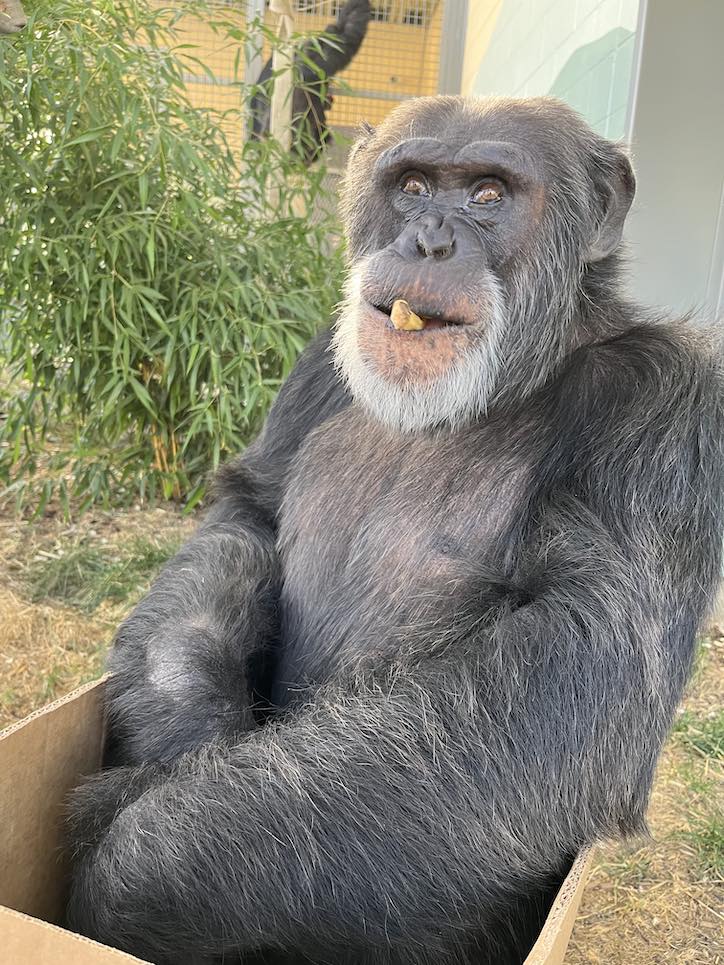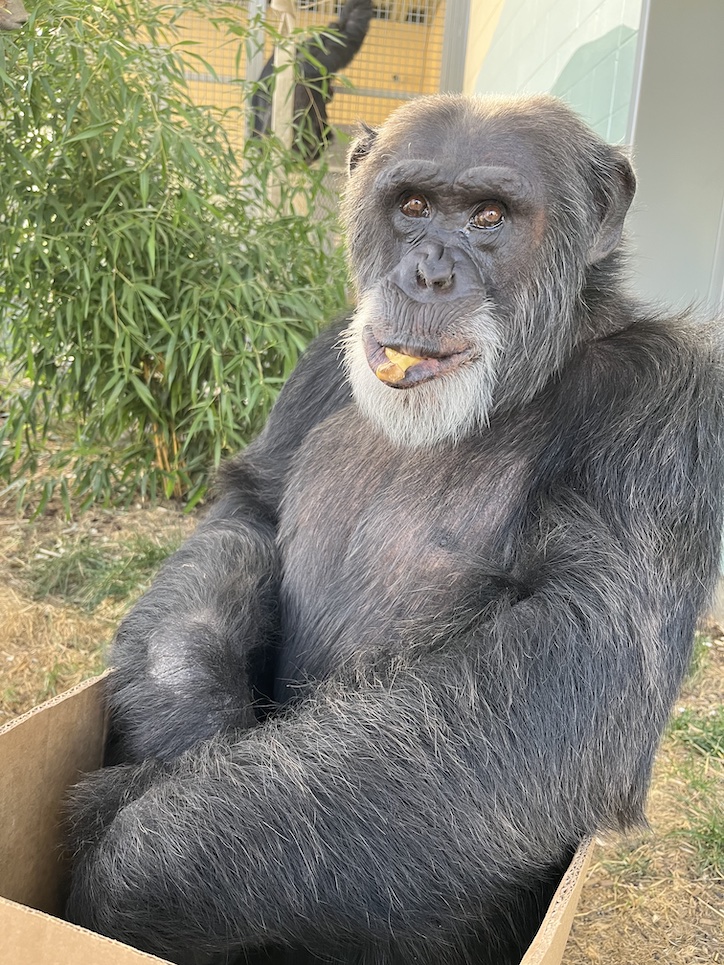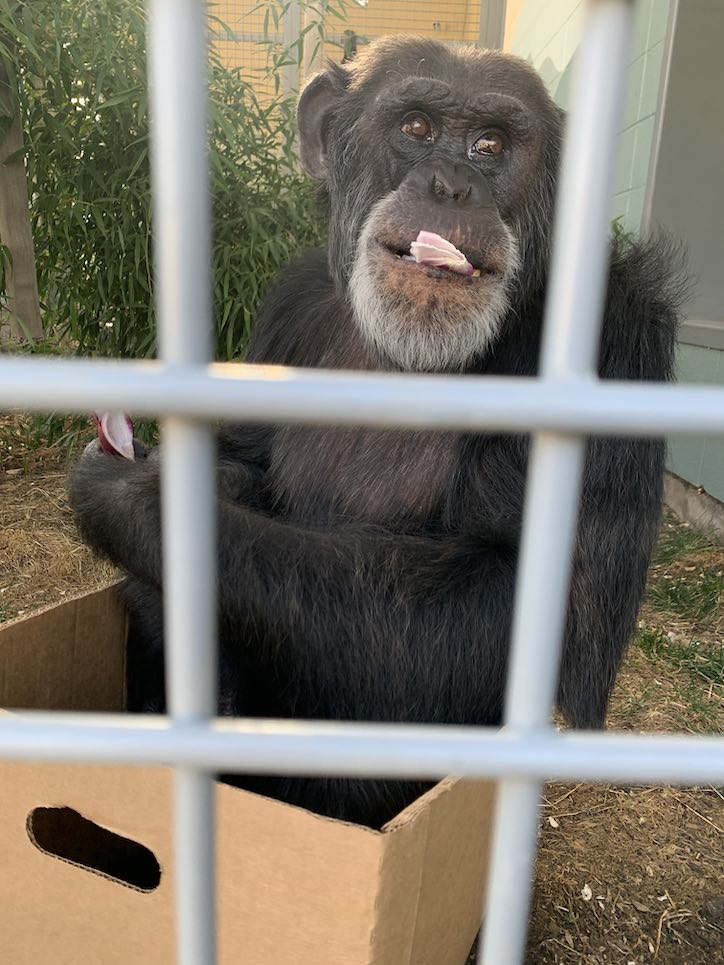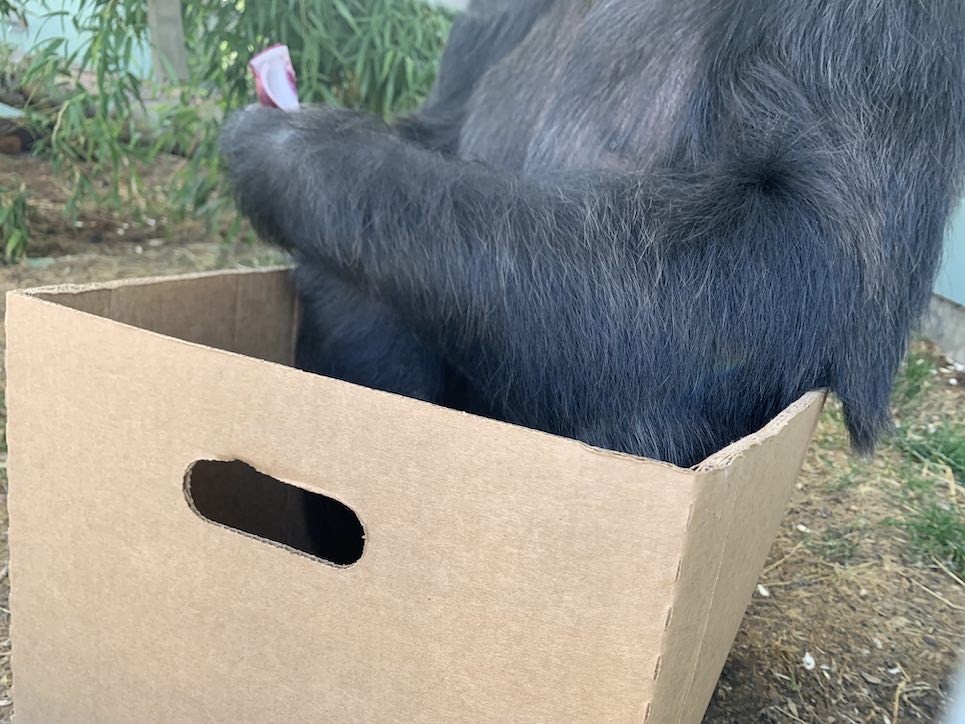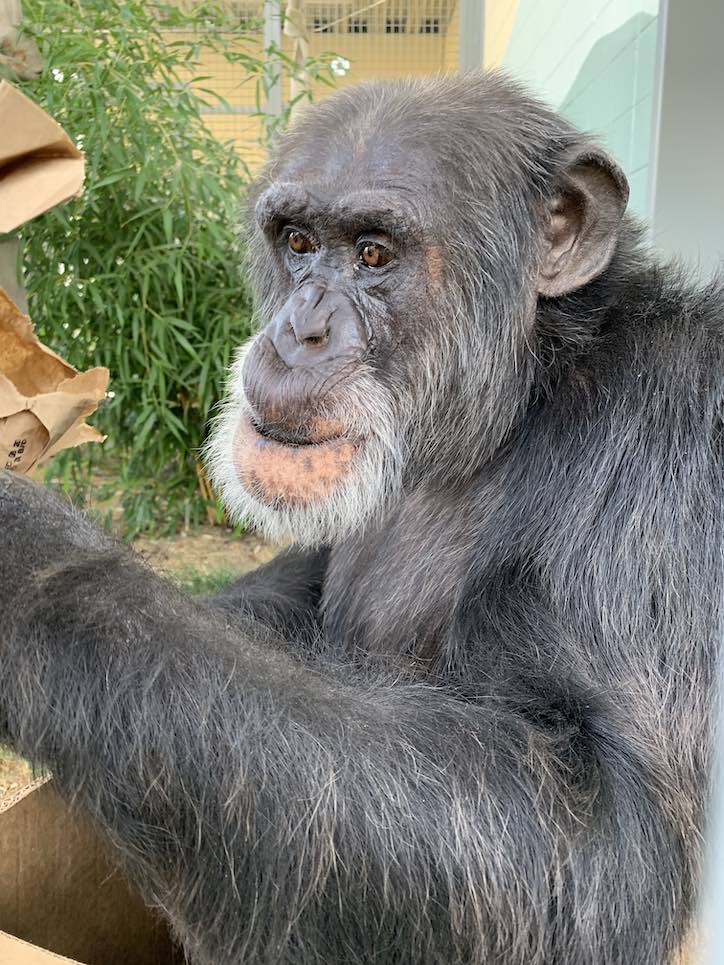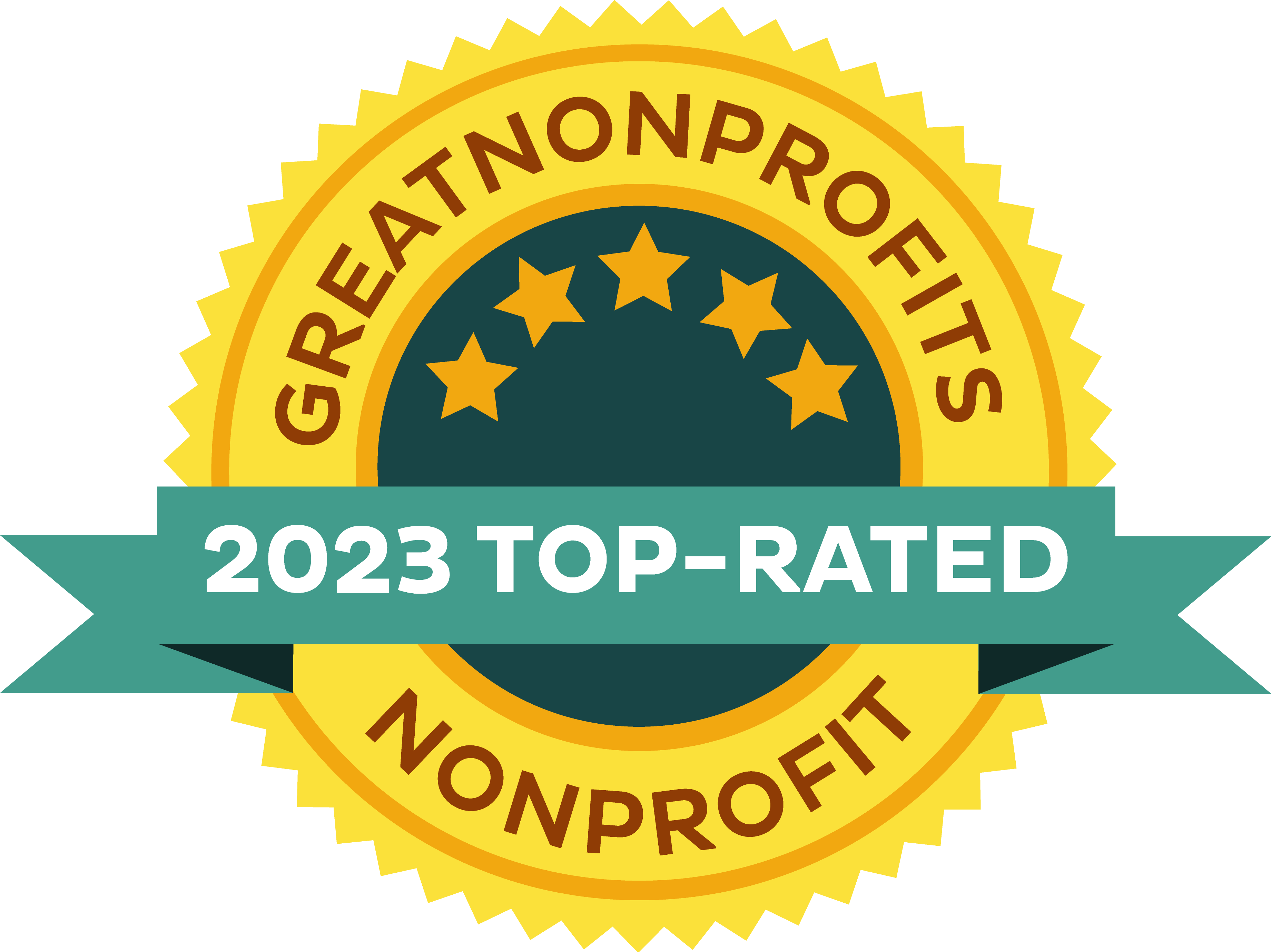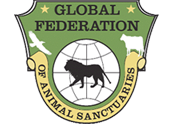There are chimpanzees in captivity who are front-and-center as soon as you meet them and every day thereafter. Burrito and Jamie, for example.
Then there are chimpanzees who allow others in their group to take the human-liaison role and more often hang out in the background.
Sometimes, this is because they just aren’t that interested in the humans (think Missy). More power to those confident types who just don’t need us bipedal apes (unless there are tomatoes to gather from the garden, of course).
Sometimes, chimpanzees are just shy or apprehensive. I can relate! It might take them more time to warm up to caregivers (think Gordo).
Sometimes, there are chimpanzees who choose certain humans they connect with, while they are pretty ambivalent about other people in their orbit (the best example of this with the chimpanzees I’ve known over the years was Washoe – she had her favorite people, and was SO EXCITED to see them. Everyone else was simply there to wait on her, and the rare occasions when she decided to pay attention to you, if you were not on her favorite list, were thrilling. And she knew this.)
Personally, I’m just not sure about Lucky and where she fits on this spectrum I just made up. She does greet her caregivers with enthusiasm, and seems to be more enthusiastic with certain humans (Jenna may be her human BFF right now). She’s not front and center like others in her group. She is often at a bit of a distance, observing.
The other day, I felt very privileged to sit down with Lucky for a somewhat extended period of time while she was in the Oakwood Greenhouse.
She quietly sat, wanting to groom my hand, and looked into my eyes. Towards the end of our interaction, she started to look around, like she was searching for something but not finding it.
After a few seconds, she reached over to the bamboo plant next to her and pulled off a leaf. Then, she handed it to me through the caging.
I don’t know what she was thinking when she did this, but it seemed to be a gesture of friendship, and it made my day.
Bonus photos of one of the more gregarious chimpanzees in Lucky’s group. The ever-present Terry:
